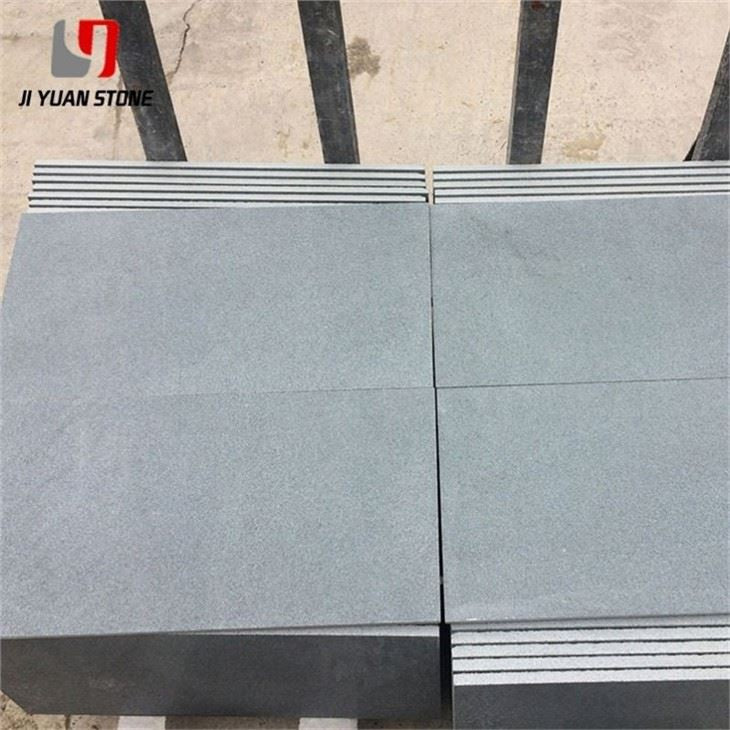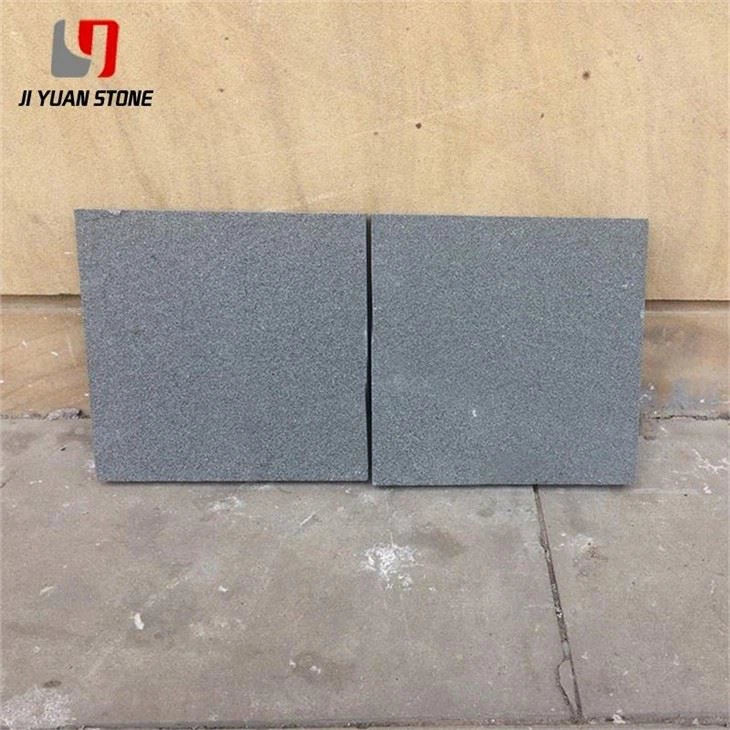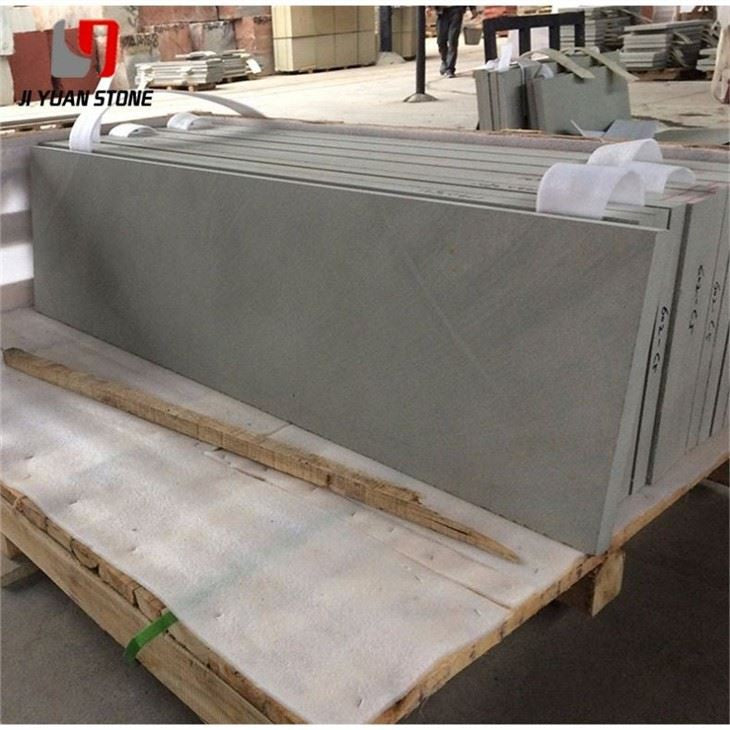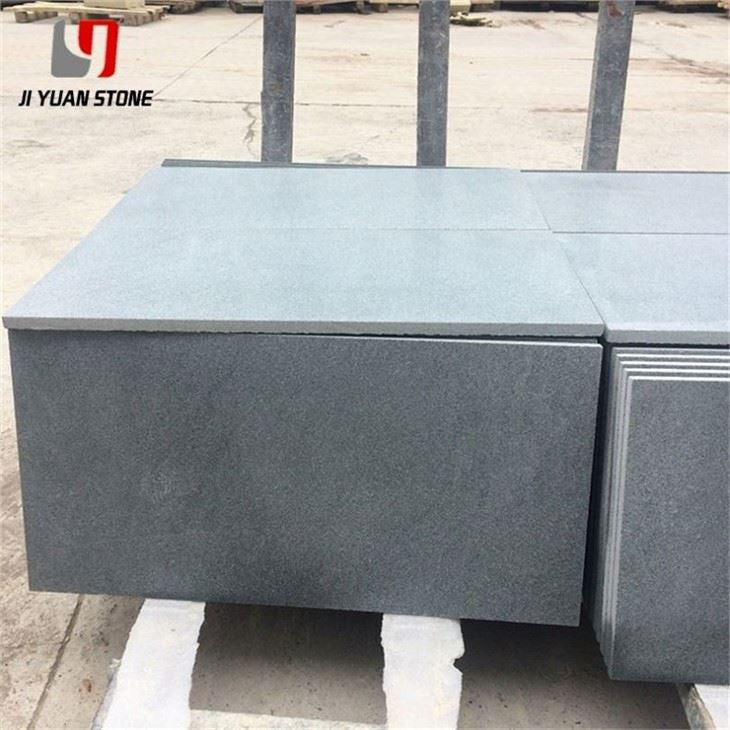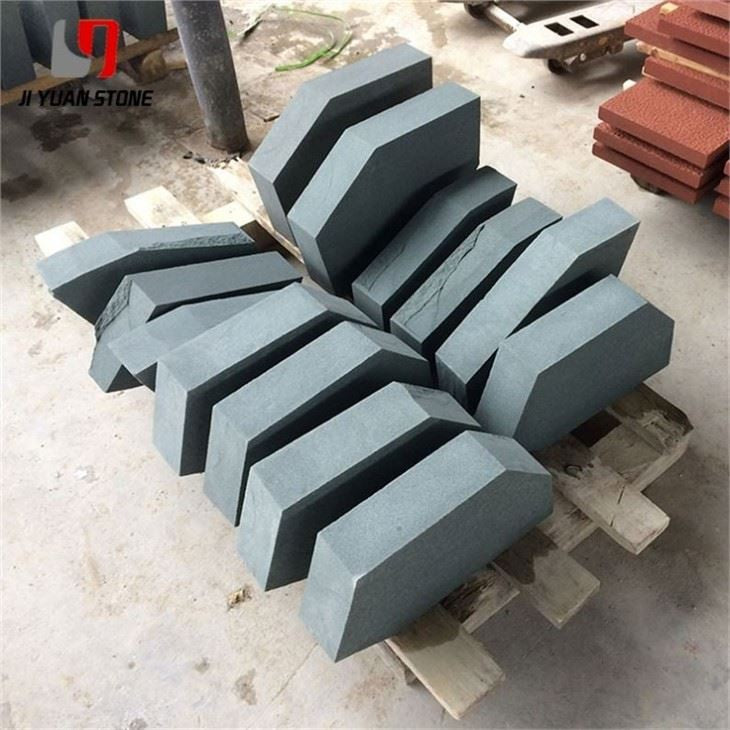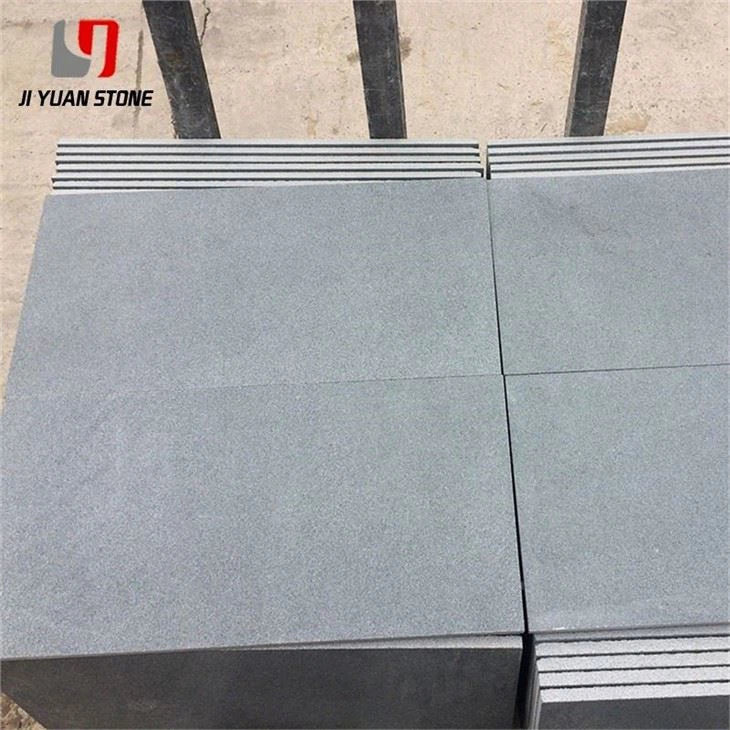Sandstone Paving Steps
Sandstone Paving Steps
Sandstone Paving Steps – Natural Texture with Lasting Elegance
Experience the elegance and natural beauty of Sandstone Paving Steps in your outdoor space. These durable steps are made from high-quality sandstone, providing a sturdy and long-lasting addition to any landscape. The natural colors and textures of the sandstone will add a touch of sophistication to your walkway, patio, or garden. Elevate the look of your outdoor oasis with Sandstone Paving Steps.
| Feature | Details |
|---|---|
| Material | Natural Sandstone |
| Surface Finished | Honed,Flamed,Bush-hammered,Brushed,Nature,Mushroom,Sawn etc |
| Finished Products | Floor tiles, Wall cladding, Countertops, Windowsills, Special-shaped tiles, Small slabs, Swimming pool, steps, wall panel, flooring, veneers, slabs, coping tiles, etc |
| Color | Yellow,black,white,red,purple wood,green,grey,rainbow etc |
| Finished | Honed, Split, Sandblasted, Sawn, Antiqued, Pineapple, etc. |
| Dimension |
|
| Usage | Interior & Exterior Decoration |
| Quality Control |
Thickness Tolerance:+/-0.5mm,+/-1mm; All Products Checked by Experienced QC |
| MOQ | Welcome Small Trail Orders |
| Size | Customized Pls contact us for the newest catalog of sandstone,marble,granite,quartz,mosaic,limestone,travertine etc |
| Sample | Contact Us For Free Samples |
| Package | Standard Exporting Seaworthy Package ( Inner: Plastic Film and Foam; Outer: strong seaworthy wood Crates or Pallets.)Payment |
| Payment | T/T, L/C, Escrow, Western Union |
| Delivery | Within 2 Weeks After Deposit |
Add a bold and timeless element to your outdoor spaces with sandstone paving steps, ideal for gardens, walkways, patios, and architectural features. These rough-cut natural stones bring rugged beauty, excellent durability, and a non-slip texture that’s perfect for all-weather use.
Whether enhancing a landscape or integrating with water features and stone architecture, our sandstone paving steps stand out for their character-rich surfaces and superior craftsmanship. Their bold appearance complements a variety of natural stones like slate, schist, and shale—each with unique qualities that influence design and application.
🪨 Slate, Schist, and Shale: Differences and Applications
These stones have become increasingly popular in modern landscaping and architecture due to their diverse textures and natural appeal. From rough sandstone paving steps to slate floor designs that simulate rippling water, these materials deliver exceptional visual impact.
📚 Understanding Their Origins and Evolution
All three stones—shale, slate, and schist—originate from the same parent material and differ based on the degree of metamorphism:
- Shale → Slate → Schist → Gneiss
Shale (Sedimentary Rock):
- Formed by compressing clay-rich sediments
- Characterized by thin, layered joints (≤0.2mm)
- Best used for decorative accents or vertical applications
Slate (Low-Grade Metamorphic Rock):
- Derived from shale under pressure and temperature
- Features parallel, fibrous layers and modest strength
- Common in patios, water features, and accent flooring
- Can mimic water ripples in design
- Drawbacks: lower strength and poor frost resistance
Schist (Higher-Grade Metamorphic Rock):
- Recrystallized with a scaly or fibrous texture
- Coarse-grained, made mainly of quartz and feldspar
- Excellent for premium outdoor surroundings and architectural facades
🌿 Applications in Landscaping and Outdoor Design
- Rough Sandstone Paving Steps: Bold and textured, ideal for pathways, patios, and garden stairs
- Slate Flooring: Smooth with ripple-like patterns, perfect for water features or tranquil zones
- Schist Rockscapes: Textured and organic, used in sophisticated garden or poolside settings
- Shale Accents: Lightweight and thin, suited for decorative elements and vertical walls
These materials have been widely adopted in both contemporary and traditional landscape architecture. Their unique aesthetics and structural characteristics allow you to tailor each element to your project’s design vision.
✅ Why Choose Our Sandstone Paving Steps?
- Natural texture and high durability for outdoor use
- Non-slip surfaces—ideal for wet or high-traffic areas
- Complements other stones like slate, schist, and shale
- Perfect for bold, layered landscape designs
- Precision-cut and selected for quality and visual impact
- Custom sizes and finishes available for seamless integration
Elevate your landscape with materials that tell a geological story and provide lasting elegance. Our sandstone paving steps are a reliable, beautiful choice for builders, designers, and homeowners alike.
👉 Order now to bring durability, texture, and a sense of natural artistry to your next project.
Share

